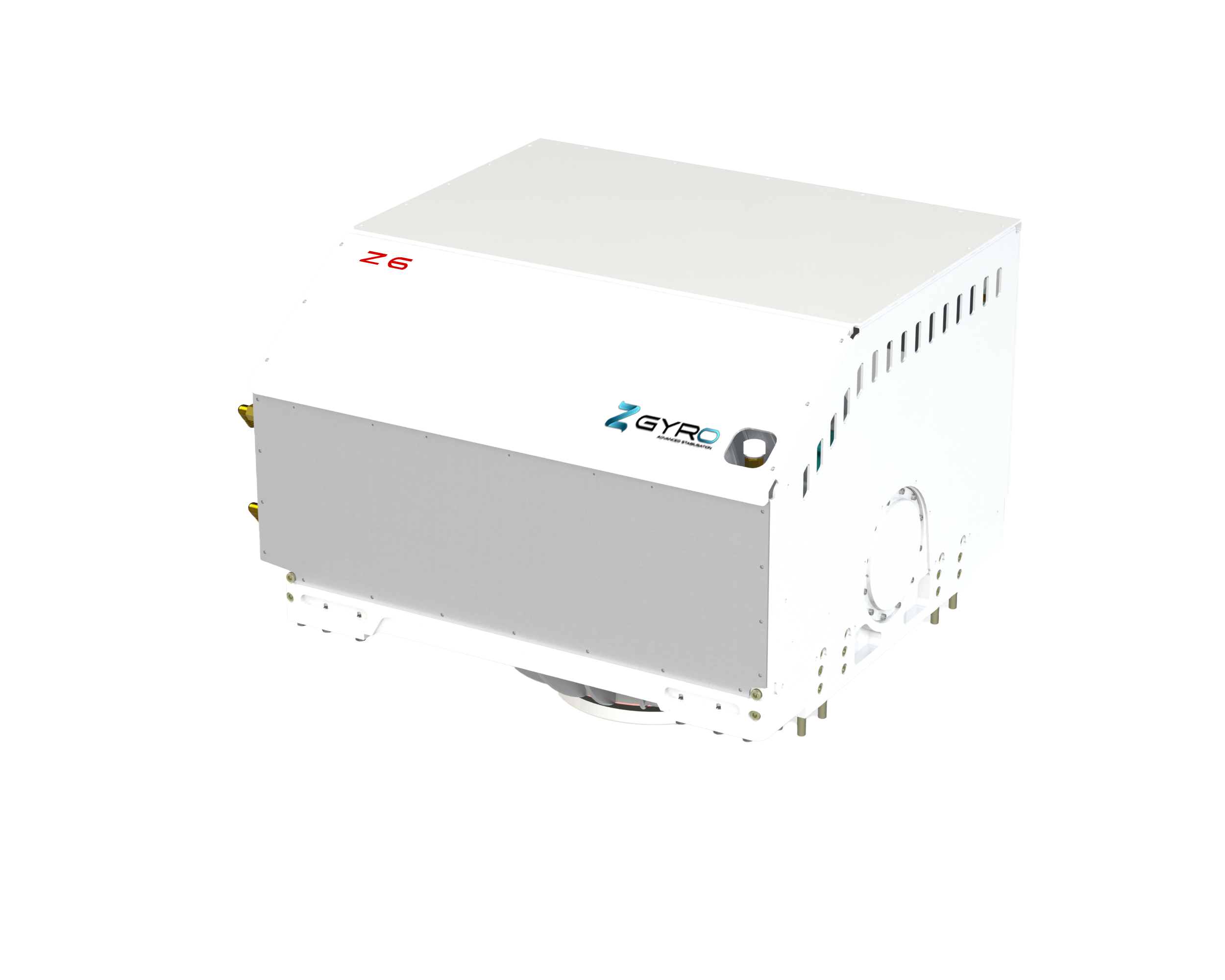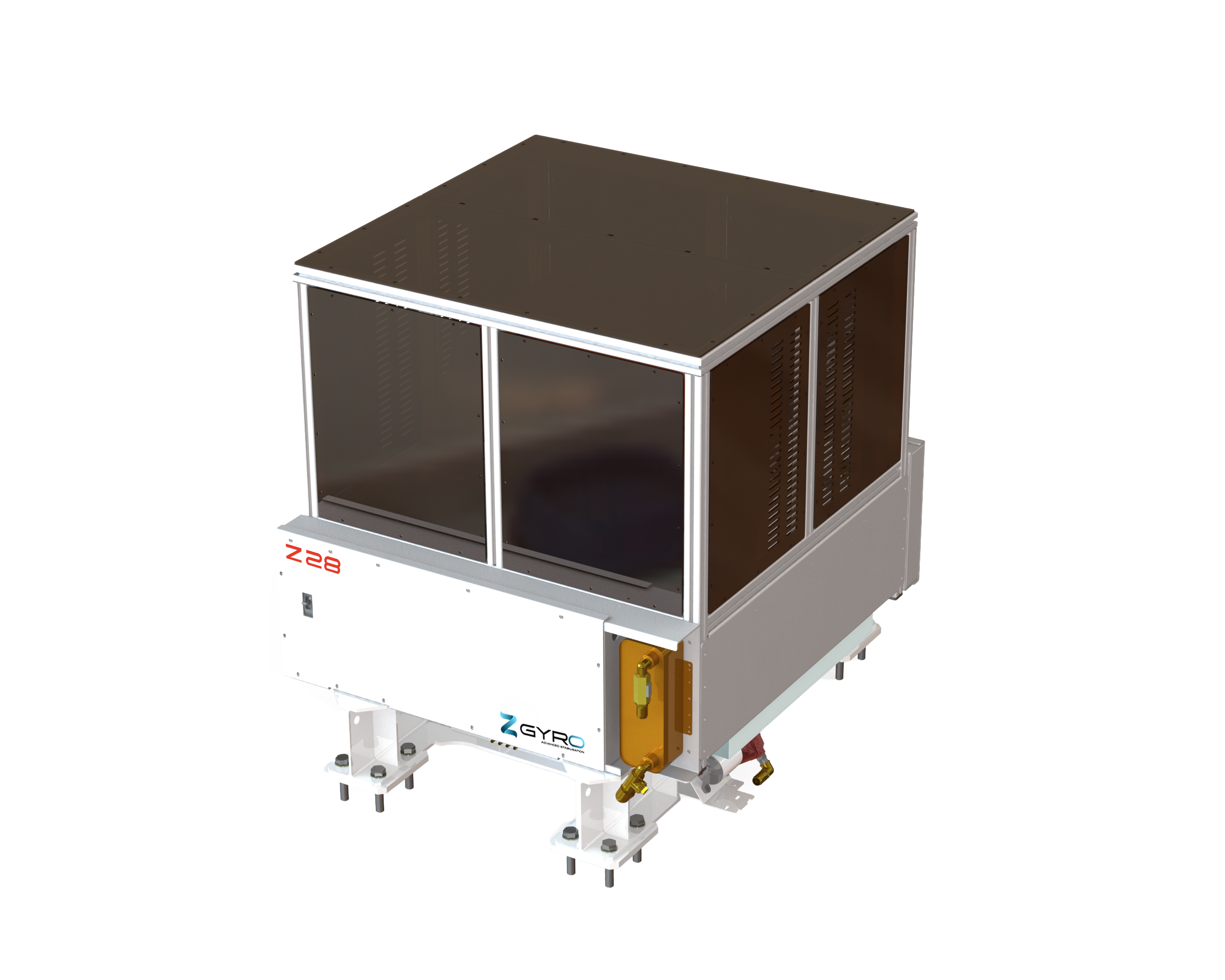How to Choose the Right Boat Gyro System for Your Vessel
How to Choose the Right Boat Gyro System for Your Vessel
Choosing the right gyro system for your boat is crucial to enhancing stability, safety, and comfort on the water. With numerous options available in today's market, making an informed decision can be overwhelming. This comprehensive guide will help you navigate through critical factors, advanced technologies, and expert recommendations to select the best gyro system for your needs.
Understanding Gyro Stabilization Technology
Before diving into the selection process, it's vital to understand the technology behind gyro stabilization. Gyro systems use the principles of angular momentum to counteract the rolling motion of a vessel caused by waves and wind. By maintaining a vessel's orientation, these systems significantly reduce sea sickness and improve overall onboard comfort.
Types of Gyro Stabilizers
There are primarily two types of gyro stabilizers: mechanical gyros and electronic gyros.
Mechanical Gyros
Mechanical gyros are traditional systems that rely on a spinning rotor. They are typically heavier and require more space but provide excellent stabilization, especially in larger vessels.
Electronic Gyros
Electronic gyros utilize advanced sensors and algorithms to provide stabilization. They are generally lighter, require less maintenance, and are suitable for a broader range of vessel sizes. This system is gaining popularity due to its efficiency and effectiveness.
Key Factors to Consider When Choosing a Gyro System
When selecting a gyro system, several factors should be considered to ensure you choose the best option for your vessel.
1. Vessel Size and Type
The first step is to assess your vessel's size and type. Different systems cater to various boat sizes, from small recreational boats to large yachts. Ensure that the gyro system is compatible with your vessel's specifications to achieve optimal performance.
2. Intended Use
Consider how you plan to use your vessel. If you frequently navigate through rough waters or engage in activities like fishing or cruising, investing in a high-performance gyro system is advisable. For casual outings on calm waters, a less advanced system may suffice.
3. Installation Requirements
Gyro systems vary in installation complexity. Some require professional installation due to their weight and size, while others are designed for easy DIY installation. Review the installation requirements carefully to avoid unexpected costs or challenges.
4. Power Consumption
Understanding the power consumption of the gyro system is essential, especially for vessels relying on batteries. Look for systems that offer efficient power usage to avoid draining your batteries during extended trips.
5. Maintenance and Service
Like any mechanical system, gyro stabilizers require regular maintenance. Research the maintenance needs of different systems and consider how accessible service and support are in your area. Opt for brands with a good reputation for reliability and service.
6. Budget
Establish a budget that encompasses both the initial cost and ongoing maintenance. While higher-priced systems may offer advanced features and performance, ensure that you are getting value for your money.
Top Boat Gyro Systems on the Market
Let's delve into some of the leading gyro systems available today. These options have been praised for their performance, reliability, and user satisfaction.
1. Seakeeper Gyro Stabilizers
Seakeeper is one of the most recognized names in gyro stabilization. Their systems eliminate up to 95% of boat roll, making them ideal for larger vessels. With various models catering to different sizes, Seakeeper offers a reliable and effective solution for serious boaters.
2. Humphree Automatic Trim and Stabilization System
Humphree's innovative technology combines trim optimization with gyro stabilization to enhance comfort and performance. Their systems are suitable for various vessel types and sizes, providing a holistic solution for stabilization and fuel efficiency.
3. Gyro Stabilizers by Digital Yacht
Digital Yacht offers user-friendly gyro stabilizers that cater to smaller vessels and recreational boats. Their systems are lightweight, easy to install, and provide sufficient stabilization for calm waters.
How to Install and Maintain Your Gyro System
Proper installation and maintenance of your gyro system are crucial for ensuring longevity and optimal performance.
Installation Steps
1. **Choose the Right Location:** Select a location that minimizes movement and vibration, usually near the center of gravity.
2. **Secure Mounting:** Ensure the gyro stabilizer is securely mounted to reduce wear and tear.
3. **Connect Power Supply:** Follow the manufacturer's instructions for connecting the power supply, ensuring all connections are tight and secure.
4. **Calibration:** Calibrate the system according to the manufacturer's specifications to ensure accurate performance.
Maintenance Tips
- **Regular Inspections:** Conduct routine inspections to catch any signs of wear or damage early.
- **Cleanliness:** Keep the system clean and free from debris and corrosion.
- **Follow Manufacturer Guidelines:** Adhere to the manufacturer's maintenance schedule for servicing and parts replacement.
Expert Tips for Choosing the Best Gyro System
Here are some expert recommendations to help streamline your decision-making process:
1. Consult with Experts
Engage with marine professionals or consultants who can provide personalized recommendations based on your vessel's unique requirements.
2. Read Reviews and Testimonials
Research user reviews and testimonials to gauge the performance of different gyro systems. Real-life experiences can provide valuable insights into what you can expect.
3. Consider Future Upgrades
If you plan to upgrade your vessel in the future, choose a gyro system that can be easily adapted or scaled to meet your changing needs.
Frequently Asked Questions (FAQs)
1. What size gyro stabilizer do I need for my boat?
The size of the gyro stabilizer depends on your vessel's weight and dimensions. Consult the manufacturer's guidelines to find the appropriate model for your boat.
2. How do I know if my gyro system is installed correctly?
Ensure that the system is securely mounted and calibrated according to the manufacturer's instructions. Regular inspections can help identify any installation issues.
3. Can I install a gyro system myself?
Some gyro stabilizers are designed for easy DIY installation, while others may require professional help due to their complexity. Review the installation requirements for your chosen model.
4. How much maintenance does a gyro stabilizer require?
Maintenance varies by model, but regular inspections and cleaning are essential. Follow the manufacturer's maintenance schedule for optimal performance.
5. Are gyro stabilizers worth the investment?
Gyro stabilizers enhance comfort and safety by significantly reducing boat roll. For frequent boaters or those navigating rough waters, they can be a worthwhile investment.
Conclusion
Choosing the right boat gyro system is a pivotal decision that can significantly impact your boating experience. By understanding the different types of gyro systems, considering vital factors such as vessel size, intended use, and budget, you can make an informed choice. Whether you opt for a high-performance model or a more budget-friendly option, the key is to ensure it aligns with your specific needs. With the right gyro stabilization in place, you’ll enjoy smoother, safer, and more comfortable adventures on the water.
boat gyro system
Related News







